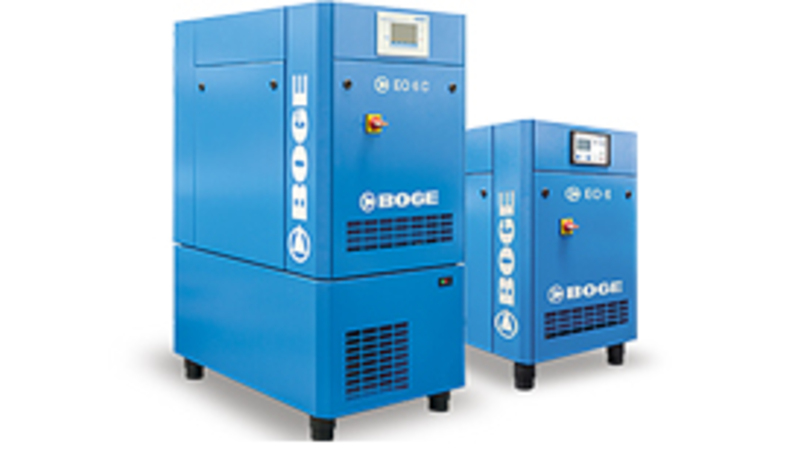A compact or mini excavator is generally a tracked or wheeled vehicle with an operating weight of approximately 0.7 to 8.5 tons. Usually, the compact excavator has a standard backfill blade and an independent boom swing and quality excavator shear attachment. Whether planning to use it for large or small projects, when considering an excavator, prospective buyers should be aware of its basic features.
Hydraulic Components
Compact excavators are considered hydraulic excavators, and they are different from other construction equipment, since all movement and functions of the excavator are accomplished through the transfer of hydraulic fluid. The blade and work group are activated by hydraulic fluid acting on hydraulic cylinders, and the excavator’s slew and travel functions are triggered by hydraulic fluid powering hydraulic motors.
Excavator Assemblies
Excavators usually have three main assemblies:
1. House
2. Undercarriage
3. Workgroup
The house encompasses the operator’s compartment, the engine compartment, distribution components, and a hydraulic pump. In smaller excavators, the operator’s compartment can be as simple as a seat, but in larger ones, it can be a metal hood or even a fully enclosed cab. The entire house can be slewed by the operator for spoil placement. The undercarriages are made up of tracks, drive sprockets, rollers, idlers, and associated components. It supports both the house and the workgroup.
The workgroup is connected to the house structure with a swing frame, which enables it to be pivoted to the left or right for digging trenches parallel to the tracks. Compact excavators also feature a backfill blade for leveling, grading, backfilling, and trenching. For more details regarding excavators, contact Genesis Attachments.



